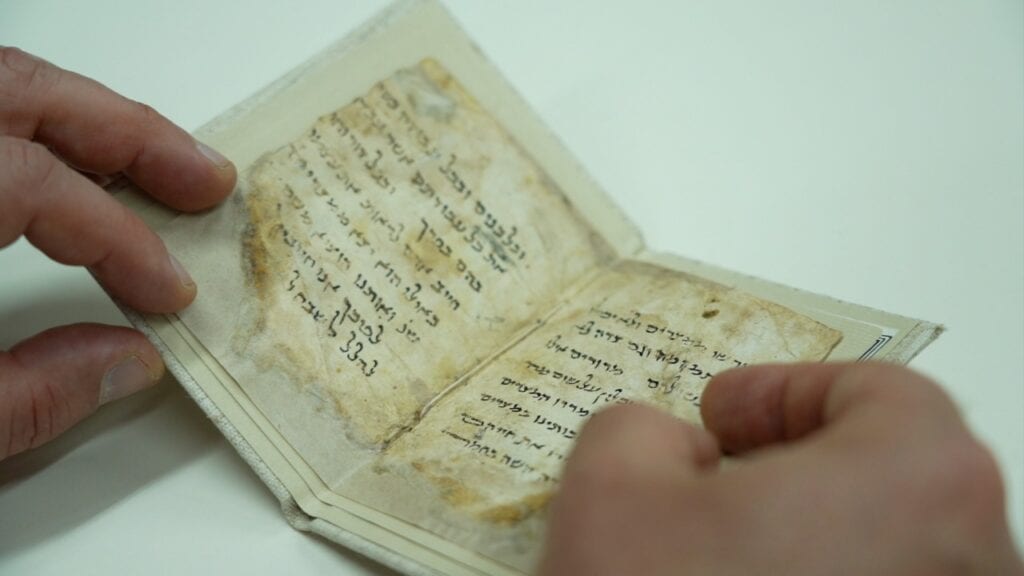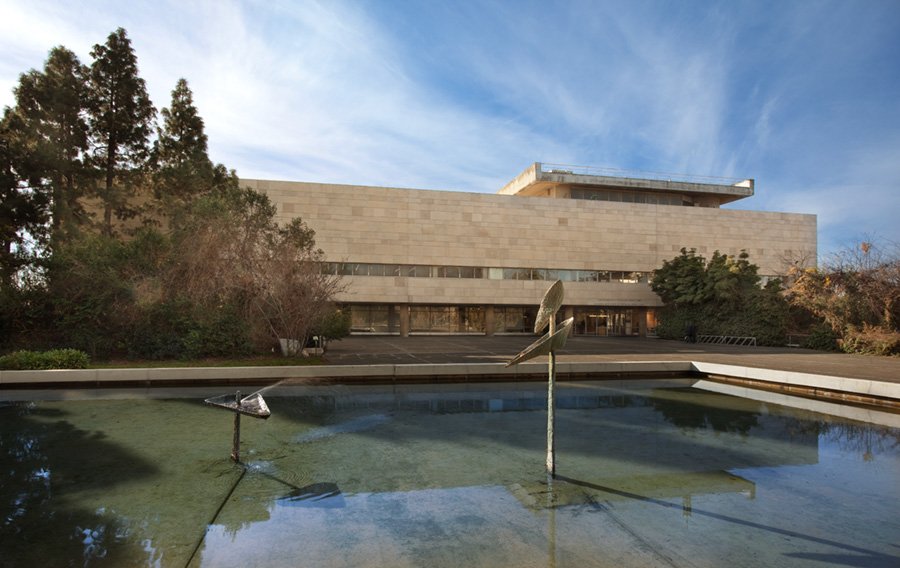Passover, or Pesach in Hebrew, is one of the most important holidays on the Jewish calendar and this year it is currently celebrated beginning March 27 at sundown and ending at nightfall on April 3. During the festival, observant Jews rid their pantries of all leavened breads and hold a ceremonial meal known as a Seder. It is during the Seder that the Haggadah is read.
- The Haggadah is a text that recounts the story of the ancient Israelites’ liberation from slavery in Egypt, as told in the Book of Exodus. The Israel’s National Library Highlights the largest collection
- When Jewish families the world over gather around the Passover table this weekend, they are reading from a text that has evolved over the centuries and has helped tell and retell the story of Passover to countless generations: the Haggadah.
- The library houses the largest collection of Haggadot, from oldest printed text to rare 12th-century handwritten fragments
The Haggadah is a text that recounts the story of the ancient Israelites’ liberation from slavery in Egypt, as told in the Book of Exodus.
For those wishing to explore its rich history and cultural significance, there is no better place to do so than the National Library of Israel in Jerusalem, which houses the largest collection of Haggadot [plural of Haggadah] in the world.
Among its most treasured Passover texts are the remnants of one of the oldest surviving Haggadot.

“This is actually the oldest Haggadah in the collection,” Dr. Yoel Finkelman, curator of the Haim and Hanna Salomon Judaica Collection at the National Library, told The Media Line as he gingerly opened the binding of the delicate bi-fold folio.
It’s not a complete Haggadah; it came from the famed Cairo Genizah and is dated roughly to the 12th century,” Finkelman said. “It’s perfectly legible.”
Handwritten on parchment, the precious fragments were discovered among the 400,000 pages and fragments that make up the Cairo Genizah, an astounding collection of Jewish texts that were kept in the storeroom of the Ben Ezra Synagogue in Old Cairo, Egypt.
According to Finkelman, there are roughly 8,000 traditional Haggadot in the National Library’s collection, in addition to several thousand more non-traditional editions. They come in all languages, sizes and artistic styles.




